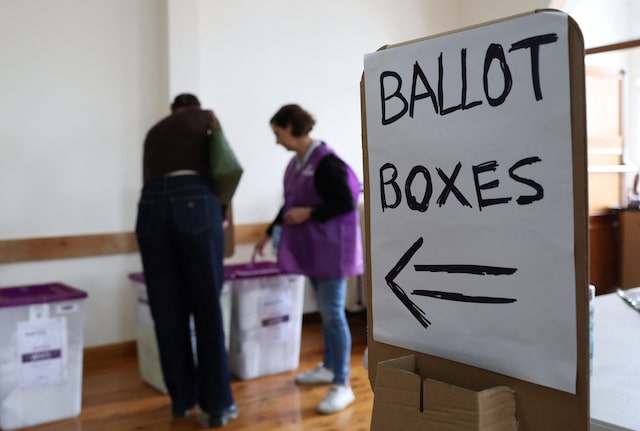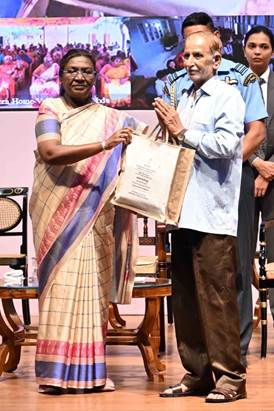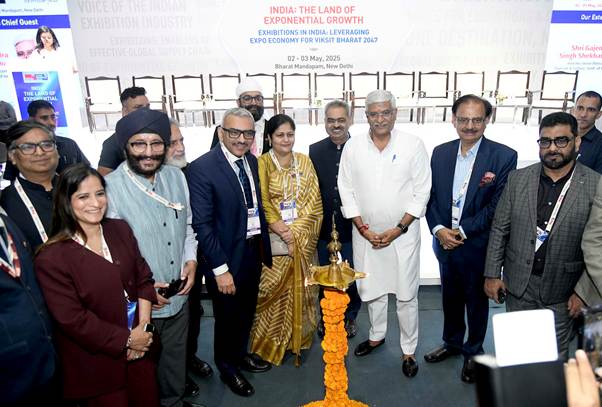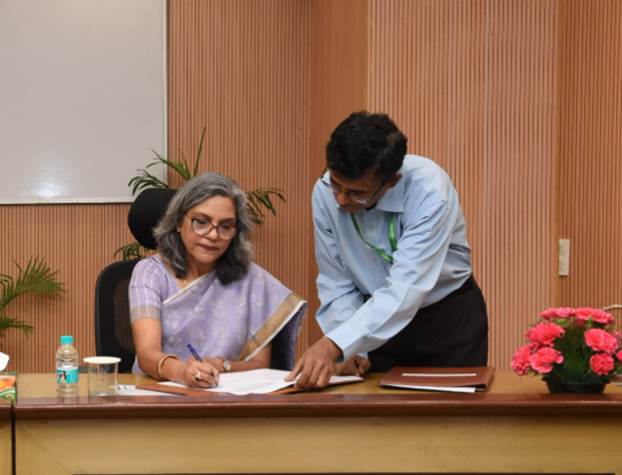A sign points towards ballot boxes at a pre-polling place in Sydney, Australia, April 30, 2025. REUTERS
Companies
-
Woodside Energy Group Ltd
May 2 (Reuters) – Australians will vote on Saturday in a close-run national election marked by concerns over the cost of living and housing affordability, as well as trade tensions triggered by U.S. President Donald Trump’s tariffs.
Here’s how Prime Minister Anthony Albanese’s centre-left Labor party and the conservative Liberal-National coalition, led by Peter Dutton, compare on key policies:
HOUSING
Labor:
Would let all first-time home buyers enter the property market with a 5% down payment and has pledged to spend A$10 billion ($6.40 billion) to build up to 100,000 new homes.
Liberal-Nationals:
Would allow first-time home buyers to access up to A$50,000 from their government-mandated retirement savings for down payments. Mortgage interest payments would be made tax deductible. It has also pledged A$5 billion to fund housing infrastructure.
HEALTH
Labor:
Has pledged A$8.5 billion for an extra 18 million subsidised general practitioner visits each year as part of strengthening Medicare, the universal healthcare system, along with A$1 billion for more free-of-charge public mental health services.
Would open an additional 50 free urgent care clinics to ease pressure on hospitals.
Liberal-Nationals:
Has matched Labor’s A$8.5 billion funding boost to Medicare, pledged A$400 million for youth mental health services, and plans to double Medicare-subsidised psychology sessions to 20 from 10.
ECONOMY
Labor:
Would give taxpayers a one-off, instant A$1,000 deduction for individual work-related expenses and cut student debt by 20%. It also passed legislation to cut the lowest marginal tax rate before calling the election.
Liberal-Nationals:
Has vowed to undo Labor’s tax cuts and instead introduce an offset that would let taxpayers earning up to A$144,000 receive up to A$1,200 in tax relief.
Would lower fuel costs by A$0.25 per litre (0.26 gallon) for 12 months by reducing government duties.
Wants to shrink the public service by 41,000 jobs through a hiring freeze and natural attrition, which it estimates would save A$7 billion each year.
ENERGY
Labor:
Committed A$2.3 billion to subsidise household batteries to store solar power and pledged to extend rebates on energy bills for households and small businesses.
Announced an A$2 billion increase in clean energy technology funding through its green bank to achieve a majority-renewables grid, which would be backed up by power from gas, batteries and hydropower.
Liberal-Nationals:
Aims to bring down gas and electricity costs through a reservation scheme forcing liquefied natural gas (LNG) exporters on Australia’s east coast to sell a portion of their uncontracted gas into the domestic market.
Pledges to cut “red and green tape” for new gas projects and fast-track a decision on extending the life of Woodside’s North West Shelf LNG plant.
Long term, wants to build a nuclear industry with seven plants across the country. Nuclear power is currently banned in Australia.
DEFENCE
Labor:
Has not pledged any new defence funding, pointing to an existing commitment to an A$50 billion increase over the next decade that would boost spending to 2.3% of gross domestic product from 2%.
Liberal-Nationals:
Would spend A$21 billion more than Labor over five years to reach 2.5% of GDP within five years and 3% within a decade. Has pledged A$3 billion to acquire extra joint strike fighter jets.
MIGRATION
Labor:
Has not announced any election pledges specific to migration.
Liberal-Nationals:
Promises to cut the permanent migration programme, now at 185,000 per year, to 140,000 for two years, then 150,000 in year three and 160,000 in year four.
Also would cut net migration by 100,000 below Labor’s yearly levels and reduce the number of international students commencing at public universities by 30,000 per year.
($1 = 1.5635 Australian dollars)
Reporting by Sam McKeith and Christine Chen in Sydney; Editing by Edmund Klamann





